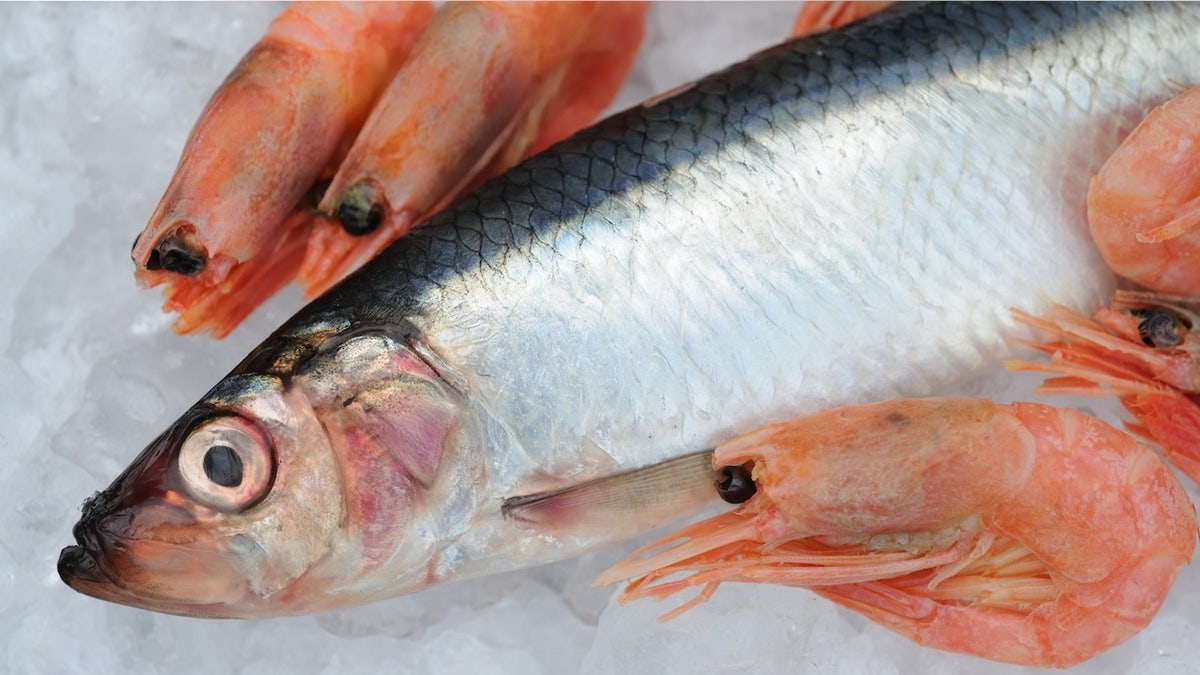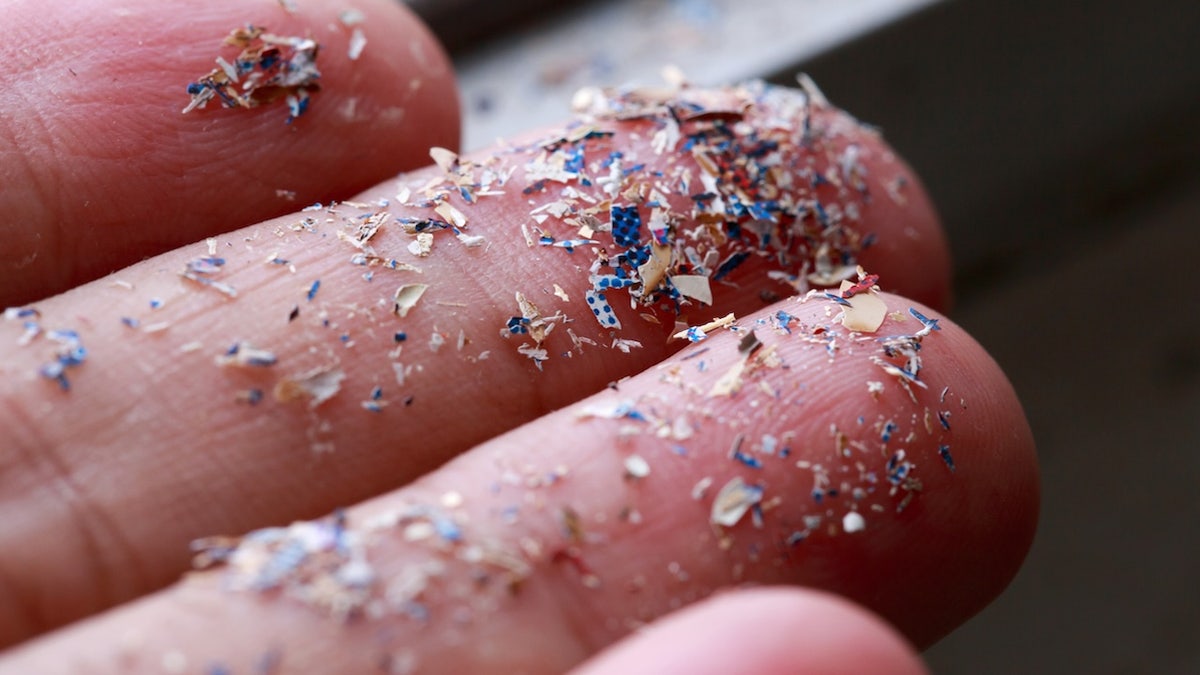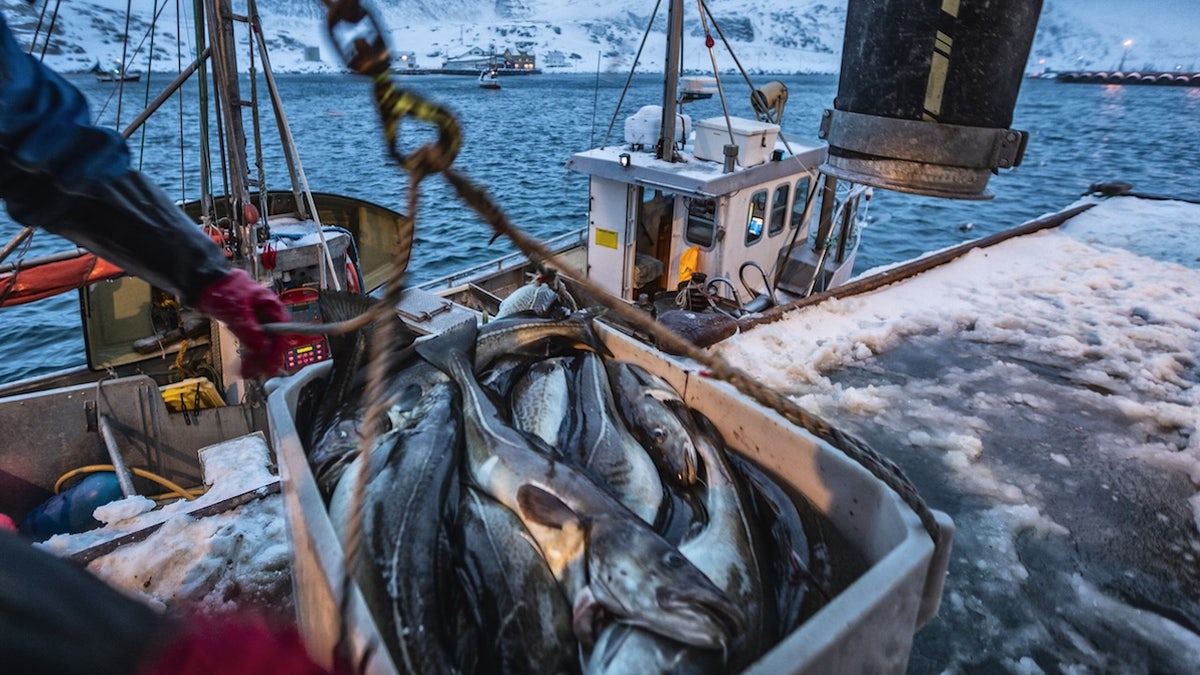A recent Portland State University (PSU) study has found microplastics in almost every seafood sample tested off the western U.S. coast. Researchers examined 182 samples across six species – black rockfish, lingcod, Chinook salmon, Pacific herring, Pacific lamprey, and pink shrimp – purchased from stores or directly from fishing boats in Oregon. A staggering 180 samples contained these tiny plastic particles, which originate from clothing, packaging, and other plastic products.

Pink shrimp showed the highest concentration of microplastics, while Chinook salmon had the lowest. Researchers believe smaller organisms ingest more of these particles because they resemble zooplankton, a primary food source. This raises concerns about the transfer of microplastics through the food chain.
Ecotoxicologist Susanne Brander from Oregon State University expressed worry about microplastics migrating from the digestive tract to other tissues, including muscle, potentially impacting humans who consume these seafoods.
Is Seafood Consumption Still Safe?
Despite these findings, the study authors don't advise against eating seafood. Microplastics are widespread in various food products, making complete avoidance difficult. Elise Granek, a microplastics researcher and study co-author, emphasized that these particles reflect the plastic pollution in our environment. She highlighted the cyclical nature of this contamination: "What we put out into the environment ends up back on our plates."

Bing Wang, an associate professor of food safety risk assessment, explained that the health risks of microplastic ingestion are still unclear. She noted that toxicity depends on the dose and duration of exposure. Currently, there's no definitive link between microplastic consumption and adverse health effects. Wang stressed the importance of a balanced diet, including seafood's nutritional benefits like protein and omega-3 fatty acids. She reassured that current evidence doesn't indicate immediate danger from seafood consumption.
Contamination Sources and Broader Context
Wang also pointed out the presence of nanoplastics, even smaller than microplastics, which can potentially cross into the bloodstream and accumulate in organs. The PSU study revealed that 80% of the microplastics found came from clothing and textile fibers. Other sources contribute to the problem, including improper plastic disposal and inadequate waste management. Andrew Ortiz, a PhD student in food science, highlighted the steady increase in plastic production since the 1960s, exacerbating the issue.

While the study focuses on the Oregon region, Wang confirmed that these findings are consistent with global research on microplastic contamination in seafood. She emphasized that microplastics are present in various sources, including water, air, and packaged foods, urging a holistic perspective on this issue rather than isolating seafood as the sole risk. Wang concluded that the current levels of microplastics in seafood don't pose an immediate threat, considering the broader context of human exposure.








